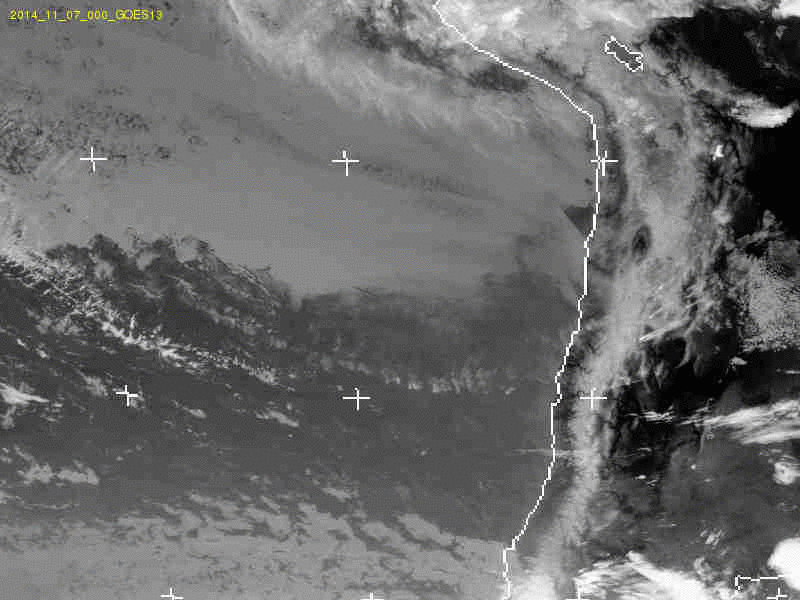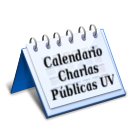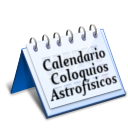Plan de Estudios
El Plan Común de Asignaturas:
Semestre 1: Introducción a la Física - Cálculo 1 – Algebra - Introducción a las Menciones I - Física Computacional I - Autorregulación
Semestre 2: Mecánica - Laboratorio de Física I - Cálculo II - Algebra Lineal – Introducción a las Menciones II - Física Computacional II - Lengua Materna
Semestre 3: Electromagnetismo - Cálculo III - Ecuaciones Diferenciales - Física Computacional III - Inglés I
Semestre 4: Ondas y Óptica – Termodinámica - Laboratorio de Física II - Métodos Matemáticos de la Física I - Inglés II
Semestre 5: Mecánica Intermedia - Física Contemporánea - Laboratorio de Física III - Métodos Matemáticos de la Física II - Inglés III
Semestre 6: Electromagnetismo Intermedio - Mecánica Cuántica I - Laboratorio de Física IV - Estadística para las Ciencias Físicas - Taller I
Semestre 7: Mecánica Estadística - Mecánica Cuántica II - Electivo I – EFG - Taller II
Semestre 8: Electivo II - Tesina – EFG – Taller III
Mención en Astronomía:
Semestre 4: Astronomía General
Semestre 5: Astronomía Estelar
Semestre 6: Astronomía de Galaxias
Semestre 7: Astronomía Extra galáctica y Laboratorio de Astronomía
Semestre 8: Procesos Físicos en Astronomía
Mención en Ciencias Atmosféricas:
Semestre 4: Meteorología General
Semestre 5: Meteorología Física
Semestre 6: Meteorología Dinámica
Semestre 7: Climatología General y Meteorología Sinóptica
Semestre 8: Modelación Atmosférica
Mención en Computación Científica:
Semestre 4: Unix y Redes
Semestre 5: Programación y Métodos Numéricos
Semestre 6: Bases de Datos y Visualización
Semestre 7: Programación Paralela e Inteligencia Artificial
Semestre 8: Optimización y Programación en GPU
Also in Undergraduate
Specializations
The Licenciatura en Físicaprogram has a common core structure for the three specializations offered. In this core are the basic and intermediate courses of physics and mathematics, as well as courses in numerical methods and programming. From the fourth semester, students can choose one of the three specializations, and from there progress within this area until the eighth semester taking up to six courses in total for each specialization. The specific studies that are pursued within each specialization are the following:
Licenciatura en Física Mención Astronomía
Acquire fundamental knowledge of astronomy and cutting-edge computational tools that are used to develop systems and procedures for the modelling of astrophysical processes and the analysis of data. This specialization will allow the student to pursue postgraduate study in astronomy and provide support to research in the public and/or private sphere.
Licenciatura en Física Mención Ciencias Atmosféricas
Understand the theoretical and practical aspects of the atmospheric sciences, the cutting-edge computational tools for modelling, acquiring and analysing meteorological data, allowing the student to pursue postgraduate study in meteorology and provide support to research in the public and/or private sphere.
Licenciatura en Física Mención Computación Científica
Acquire fundamental knowledge of scientific computation and the cutting-edge computational tools used to develop systems and procedures in the area of high-performance computing, numerical simulations and the modelling of complex systems. This specialization will allow the student to pursue postgraduate study in the area of scientific computation and support research projects in the public and/or private sphere.
Also in Undergraduate
Undergraduate
At the University of Valparaiso, the undergraduate physics curriculum has a solid basis in Physics, Mathematics and Computing, as well as a design that allows students a wide range of future goals. You can opt for a specialization in one of three areas; Astronomy, Atmospheric Sciences and Scientific Computing, studies that will prepare you to follow a postgraduate program or, through the specialization in Atmospheric Sciences, to opt for the professional title of Meteorologist.
The classes are designed for those who want to become scientists. Since the first semester, the courses are oriented to the way physicists think. Their size (usually less than twenty students) is small enough to deliver personalized assistance. This ensures that each year's cohort forms a strong social link from the beginning. It is important to note that teachers teach both pre and postgraduate courses.
In addition to teachers, postdoctoral researchers and graduate students, there are about thirty doctors in our Institute. This means that students have many opportunities to join research teams. Nearly 90% of undergraduate students in physics participate in research projects and many graduate as co-authors of one or two scientific articles.
Also in Undergraduate
Graduate profile
A graduate from the Licenciatura en Física has a solid background in Physics, Mathematics and Computing. In addition they have the knowledge, skills and abilities to perform undergraduate teaching, to support in tasks of scientific research, as much in Physics as in the chosen specialization; whether in astronomy, atmospheric science or scientific computing. They can also work in multidisciplinary groups and participate in scientific outreach projects.
Furthermore, a graduate has the ability to internalize new knowledge in the area of Physics and in the area of specialization, to contribute in a critical, ethical and rigorous sense to the expansion of this knowledge. They also have the intellectual versatility to solve diverse problems, even transcending to areas of different specialties.
The skills acquired in our curriculum will enable you to pursue postgraduate studies in Physics, Astronomy, Atmospheric Sciences or Scientific Computation, whether in Chile or abroad.
Also in Undergraduate
Plan de Estudios
El Plan Común de Asignaturas:
Semestre 1: Introducción a la Física - Cálculo 1 – Algebra - Introducción a las Menciones I - Física Computacional I - Autorregulación
Semestre 2: Mecánica - Laboratorio de Física I - Cálculo II - Algebra Lineal – Introducción a las Menciones II - Física Computacional II - Lengua Materna
Semestre 3: Electromagnetismo - Cálculo III - Ecuaciones Diferenciales - Física Computacional III - Inglés I
Semestre 4: Ondas y Óptica – Termodinámica - Laboratorio de Física II - Métodos Matemáticos de la Física I - Inglés II
Semestre 5: Mecánica Intermedia - Física Contemporánea - Laboratorio de Física III - Métodos Matemáticos de la Física II - Inglés III
Semestre 6: Electromagnetismo Intermedio - Mecánica Cuántica I - Laboratorio de Física IV - Estadística para las Ciencias Físicas - Taller I
Semestre 7: Mecánica Estadística - Mecánica Cuántica II - Electivo I – EFG - Taller II
Semestre 8: Electivo II - Tesina – EFG – Taller III
Mención en Astronomía:
Semestre 4: Astronomía General
Semestre 5: Astronomía Estelar
Semestre 6: Astronomía de Galaxias
Semestre 7: Astronomía Extra galáctica y Laboratorio de Astronomía
Semestre 8: Procesos Físicos en Astronomía
Mención en Ciencias Atmosféricas:
Semestre 4: Meteorología General
Semestre 5: Meteorología Física
Semestre 6: Meteorología Dinámica
Semestre 7: Climatología General y Meteorología Sinóptica
Semestre 8: Modelación Atmosférica
Mención en Computación Científica:
Semestre 4: Unix y Redes
Semestre 5: Programación y Métodos Numéricos
Semestre 6: Bases de Datos y Visualización
Semestre 7: Programación Paralela e Inteligencia Artificial
Semestre 8: Optimización y Programación en GPU





